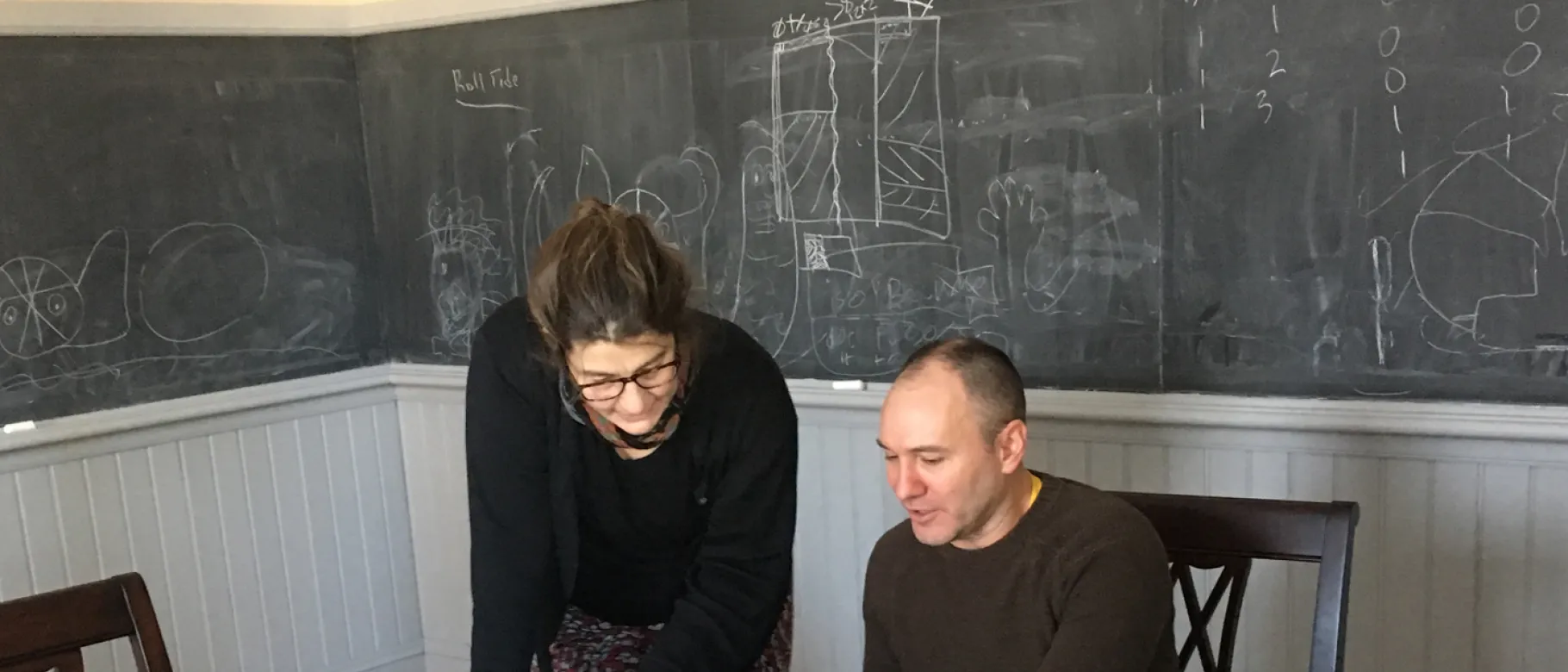Mathematics professors at UNE collaborate with neonatologists to help identify opioid addiction in newborns

Can mathematical and statistical analyses of data from newborns born to opioid-addicted mothers help to enhance the delivery of care and prognoses for these infants over the first few weeks of life? Members of the Department of Mathematical Sciences have partnered with neonatologists at Maine Medical Center to answer this question.
Michael Arciero, Ph.D., associate professor and chair; Woon Yuen Koh, Ph.D., assistant professor; and James Quinlan, Ph.D., associate professor, all of the Department of Mathematical Sciences, along with Maine Medical Center neonatologists Christina Holt, M.D., and Margaret Curran, M.D., are studying how to enhance the predictive abilities of a clinical tool used to identify opioid withdrawal in newborns.
The tool, Finnegan’s Neonatal Abstinence Score (NAS), ranks infants based on assessments of 21 physical symptoms measured either every two or four hours, depending on a threshold value of the previous measurements, over a period of several weeks. Physicians use the scores to determine whether to treat an infant for withdrawal. The medical doctors hope to use the expertise of the mathematics faculty members to find patterns in extensive clinical observations and to, thereby, minimize time in the hospital for newborn babies and improve the quality of their care. One specific goal of the research is to determine which of the symptoms are most predictive of the need for treatment and if the test can be improved by assessing a smaller set of symptoms.
According to Arciero, the NAS has been previously used as a purely clinical tool rather than as a statistical test, and the predictive power of the test in detecting withdrawal, as well as its “false-alarm” rate, has not been determined. These are of great importance, he says, as the ramifications of treating an infant for withdrawal unnecessarily (typically with another drug such as methadone) and those of not treating an infant who, in fact, needs treatment can both be severe.
The partnership was formed after Holt heard about opportunities for interdisciplinary collaborations at the UNE Department of Mathematical Sciences and connected to the research team of Arciero, Quinlan and Koh. The research includes statistical analysis of a total of roughly one million observations of four hundred infants.
To learn more about the College of Arts and Sciences, visit www.une.edu/cas
To apply, visit www.une.edu/admissions